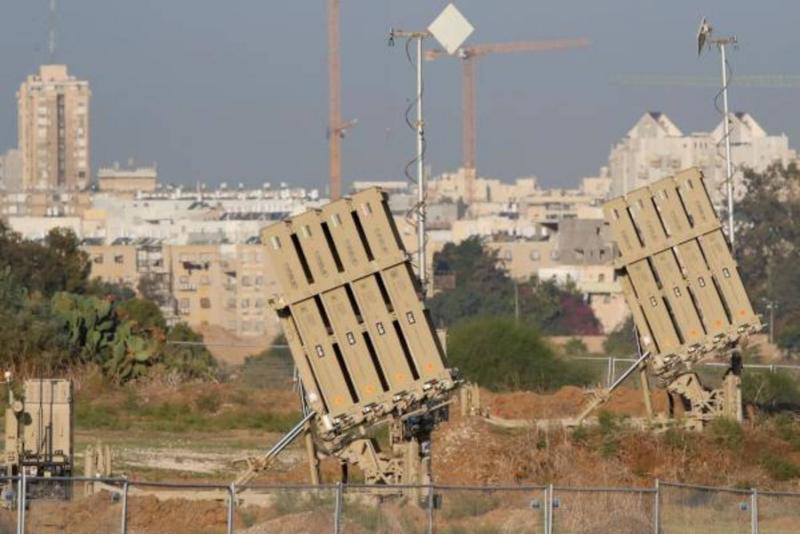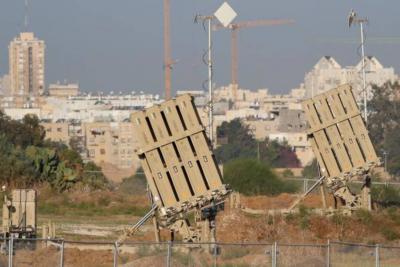In mid-May, the Lebanese armed group "Hezbollah" launched one of its deepest strikes against Israel, employing an explosive drone that directly hit one of the Israeli Air Force's significant surveillance systems. These successful drone attacks provided the Iran-backed group with another option for retaliation against Israel for last month's airstrike in Beirut that killed Hezbollah's top military commander, Fouad Shukr. Fabian Hintz from the International Institute for Strategic Studies remarked on Hezbollah's ability to use drones: "It is a threat that must be taken seriously."
While Israel has built air defense systems, including the Iron Dome and David's Sling to protect against Hezbollah's arsenal of rockets and shells, there has been less focus on the threat posed by drones. Hintz explained, "As a result, there has been less effort to build defensive capabilities against drones." Drones can be operated remotely, allowing them to enter enemy territory, monitor, and attack more secretly than rockets and shells.
Hezbollah announced the success of its drone attack in May, which targeted a balloon used as part of the Israeli missile defense system at a base about 35 kilometers (22 miles) from the Lebanese border. The militants released footage showing what they claimed was an explosive "Ababil" drone approaching the "Sky Dew" balloon, later providing images of the downed balloon. A report from the Institute for National Security Studies, an independent research center affiliated with Tel Aviv University, stated, "This attack reflects an improvement in precision and the ability to evade Israeli air defenses."
Since the onset of near-daily exchanges of fire along the Israeli-Lebanese border in early October, Hezbollah has increasingly utilized drones to bypass Israeli air defense systems and strike military sites along the border, as well as deeper into Israel. An Israeli security official clarified that Israeli air defense systems are not entirely impenetrable, noting that Israel intercepted hundreds of drones from Lebanon during the war with Hamas. Drones are smaller and slower than rockets and shells, making them harder to stop.
The official, who was not authorized to speak publicly due to Israeli security regulations, mentioned that Israeli air defense systems had to deal with more drones during this war than ever before, prompting Israel to respond by attacking launch points. On Tuesday, a drone attack by Hezbollah on an Israeli army base near the northern city of Nahariya resulted in six injuries. One of the most lethal drone strikes by the group in April resulted in the death of an Israeli soldier and injuries to 13 others, in addition to four civilians in the town of Arab al-Aramsheh in northern Israel.
Hezbollah also dispatched reconnaissance drones that photographed vital facilities in northern Israel, including in Haifa and its suburbs, and the Ramat David airbase southeast of the coastal city. While Hezbollah leader Hassan Nasrallah boasted that the armed group can now manufacture its own drones, its attacks have primarily relied on Iranian-made "Ababil" and "Shahed" drones.
Hezbollah's increasing capabilities come despite Israel killing some of its most important drone experts. Notably, Shukr, who Israel claimed was responsible for most of the group's advanced weaponry, including conventional missiles, long-range rockets, and drones, was killed. In 2013, senior Hezbollah member Hassan Laqis, considered one of the masterminds behind drone operations, was shot dead south of Beirut, with the group blaming Israel. Recent strikes in Syria attributed to Israel have also killed drone experts from Hezbollah and Iran. It is noteworthy that in its early days, Hezbollah employed more primitive tactics, including gliders, to attack behind enemy lines.




